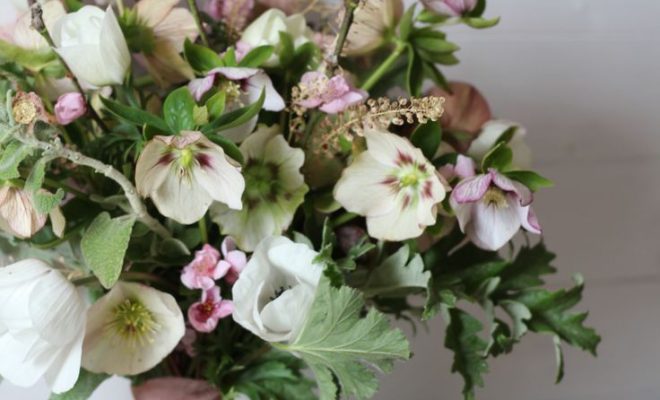These Are The Best Plants To Overwinter, According To An Expert

As the cold air begins to descend, garden enthusiasts and plant lovers alike start looking towards overwintering— the practice of protecting plants from the cold so they thrive once warmer days return. Through expert advice, we’ve gathered a list of the best plants that are well-suited for overwintering. Here’s how you can keep your green friends safe during the chilly months.
1. Geraniums (Pelargonium spp.)
These colorful blooms are a favorite for their bright and full flowers. To overwinter geraniums successfully, an expert suggests removing them from the ground before the first frost and trimming them back. Then, place them in a cool, dry location with plenty of indirect light.
2. Fuchsias
With their delicate hanging flowers, fuchsias are quite popular for their beauty. Before temperatures dip too low, it’s advised to bring these plants indoors and keep them in a cool place with subdued lighting.
3. Dahlias
Known for their vibrant colors and dramatic presence, dahlias require a little extra work to overwinter properly. After the foliage has died back post-frost, expert gardeners recommend lifting the tubers from the soil, cleaning them, and storing them in a cool, frost-free place until spring.
4. Begonias
To overwinter begonias effectively, an expert indicates that tuberous begonias should have their stems removed after the first frost and be stored in peat moss or vermiculite in a cool environment. Fibrous and rhizomatous begonias can spend winter indoors as houseplants with reduced watering.
5. Cannas
Dramatic and stunning cannas add a touch of tropical flair to any garden. When you overwinter these plants, remove the rhizomes after foliage has died back; clean them and store them in a dry, frost-free location.
6. Gladiolus
Delicate gladiolus corms need to be dug up after their foliage has yellowed. Clean them well before storing in mesh bags in a well-ventilated space that’s cool but not freezing.
7. Chrysanthemums
Often associated with fall colors, chrysanthemums can be overwintered by cutting back the stems and covering them with mulch to protect from freezing temperatures.
An expert emphasizes that proper identification and care of plants during their dormant period is key for successful overwintering. It’s all about mimicking natural conditions while preventing damage from cold and moisture. With these tips and tricks at hand from those who know best, your beloved plants will emerge vibrant and ready to bloom when spring rolls around once more.






